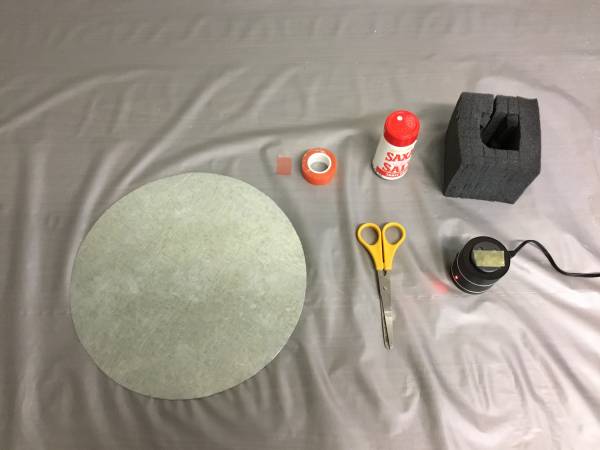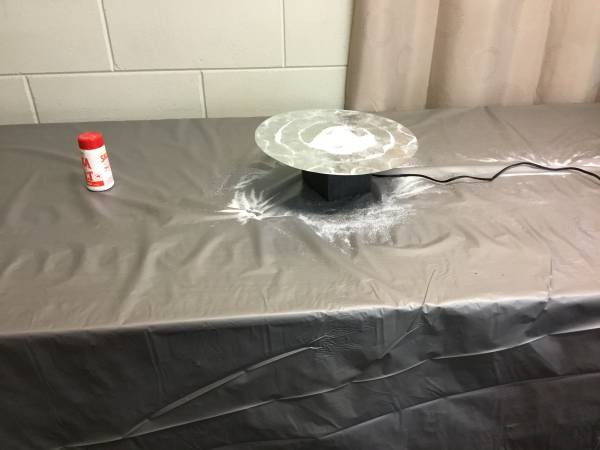FUN PALACE 2018 Chladni Sue and Nat
Make invisible sound waves reveal their hidden beauty with a barbeque plate and a sprinkle of sand.
Activity Details
Type Chladni
Duration 20 mins
# Deliveries
Duration
Activity Criteria
Learning Outcomes & Facilitator notes
- Fun fact - Ernst Florens Friedrich Chladni (30 November 1756 – 3 April 1827) was a German physicist and musician. He is sometimes referred to as the father of acoustics.
- Interesting fact for a child/teenager – An Odd Name: They’re named for the German physicist Ernest Chladni who popularized them in the mid-1700s. His name is pronounced: kläd’nêz.
- Interesting fact for an Adult – Instruments made of wood, string, and metal move in complex and nonlinear ways; that's partly why the sounds they make are so rich.
- Image – image of Ernst Chladni on one search http://onesearch.slq.qld.gov.au/primo-explore/fulldisplay?docid=TN_bnf_soai_bnf_fr_gallica_ark_12148_btv1b8416446k&context=PC&vid=SLQ&lang=en_US&search_scope=SLQ_PCI_EBSCO&adaptor=primo_central_multiple_fe&tab=all&query=any,contains,Chladni&sortby=rank&facet=rtype,include,images&offset=0
Session Plan
1.Download audacity app on phone or tablet select the tone of sound
2. connect the speaker to a power source and to the phone/tablet
3. Place speaker foam housing
4. Cut 3cm long strip of tape to place on the metal plate
5. Then place the metal plate on top of the speaker
6. Turn the sound on
7. Pour the salt onto the metal plate while the sound is playing
8. Watch the salt make different shapes
Materials Req
Equipment Req
-phone/tablet
-speaker
-power source
-scissors
Files
Reflections Learnings
Learnt how the vibrations created shapes by using the salt and different tones made different shapes.



